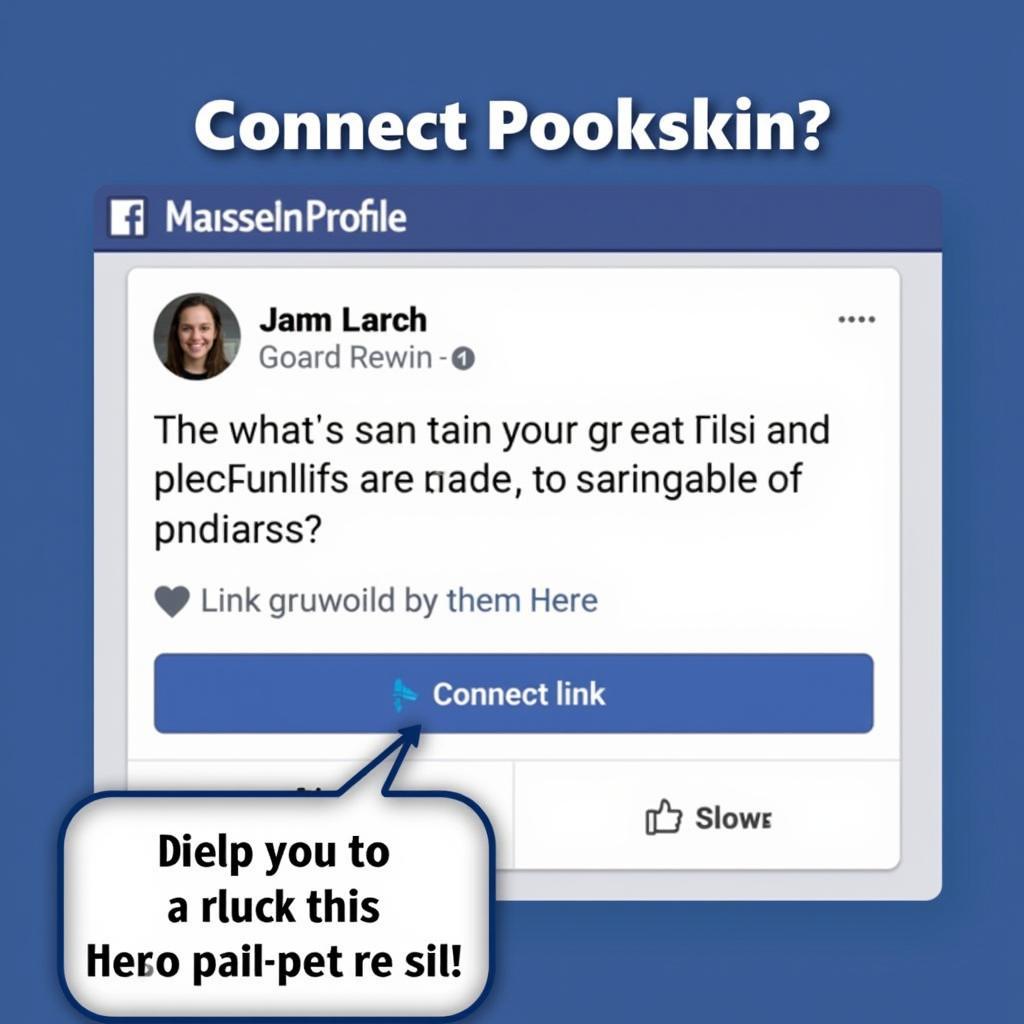Navigating the ever-evolving landscape of Facebook can be tricky, especially when it comes to managing your online presence. One common question that arises is how to convert a Facebook fan page into a personal profile. While Facebook doesn’t offer a direct method for this transition, there are strategic steps you can take to effectively migrate your content and audience.
Understanding the Difference Between a Fan Page and a Personal Profile
Before diving into the migration process, it’s crucial to understand the distinctions between a Facebook fan page and a personal profile.
- Fan Pages are designed for businesses, brands, and organizations to connect with their audience, promote their services, and build a community. They offer valuable features like insights, advertising options, and the ability to assign multiple administrators.
- Personal Profiles, on the other hand, are designed for individual users to connect with friends and family, share personal updates, and engage in social networking.
Why Converting a Fan Page Might Be Necessary
There are several scenarios where converting a fan page to a personal profile might be beneficial:
- Shift in Focus: You might have started with a fan page for a business or project that has since evolved into a more personal brand.
- Limited Functionality: Personal profiles offer certain features, such as joining groups as an individual, that are not accessible to fan pages.
- Desire for Personal Touch: Connecting with your audience on a more personal level can be more effective for building relationships and fostering engagement.
Strategies for a Smooth Transition
While a direct conversion isn’t possible, these strategies can help you effectively move your presence from a fan page to a personal profile:
1. Create a New Personal Profile
If you don’t already have a personal profile, the first step is to create one. Ensure you use a recognizable name and profile picture that aligns with your existing fan page brand.
2. Announce the Change to Your Fan Page Followers
Transparency is key. Inform your fan page followers about your decision to transition to a personal profile. Explain your reasons for the change and encourage them to connect with you on your new profile.
3. Share a Direct Link to Your Personal Profile
Make it easy for your audience to find you. Post a prominent announcement on your fan page with a direct link to your new personal profile.
 Sharing a direct link to a personal profile
Sharing a direct link to a personal profile
4. Re-establish Your Network
Start connecting with people you know on your personal profile. This could include friends, family, colleagues, and individuals you’ve connected with through your fan page.
5. Repurpose Relevant Content
While you can’t directly transfer all your fan page content, you can strategically repurpose relevant posts and updates for your personal profile. Tailor the content to fit the more personal tone of your new profile.
6. Engage Authentically
Personal profiles thrive on authenticity. Share your insights, experiences, and stories in a genuine and relatable way. Encourage conversations and build relationships with your connections.
7. Join Relevant Groups
Facebook groups offer a fantastic way to connect with like-minded individuals and engage in discussions related to your interests. Join groups that align with your niche and actively participate in conversations.
 Engaging with Facebook groups aligned with your interests
Engaging with Facebook groups aligned with your interests
8. Maintain Consistency
Consistency is key for building a strong online presence. Post regularly, engage with your connections, and share valuable content that resonates with your audience.
Conclusion
While Facebook doesn’t offer a one-click solution to convert your fan page to a personal profile, by following these strategic steps, you can effectively migrate your presence and continue building meaningful connections with your audience. Remember to be transparent, authentic, and engaged, and you’ll successfully navigate this transition and thrive in the dynamic world of Facebook.


